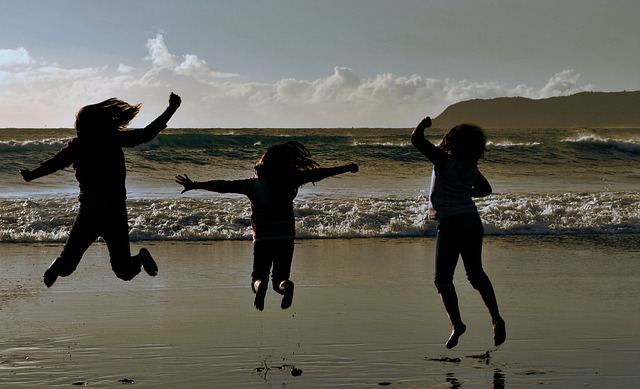The pulse of life. Propulsion. Pulsate. Propel. It never ceases to amaze me how linked the word “pulse” is to both the heart and the forward thrust of walking. “Walking is good for the heart” they say. The rhythm...
The pulse of life. Propulsion. Pulsate. Propel. It never ceases to amaze me how linked the word “pulse” is to both the heart and the forward thrust of walking. “Walking is good for the heart” they say. The rhythm of our walk is part of the rhythm of our life, the rhythm of our heart, the rhythm of our blood flowing through our veins. Walking is our pulse… in a way.
However, in our modern living conditions, most of us do not walk half as much as we should. Perhaps that is why, even though we live longer, we are half as “alive” as we were when we had to walk places to get places.
Lack of dynamic walking is a problem for our overall health on many levels, not the least of which being our vascular health.
The heart pumps blood with fresh oxygen propelling it through our whole body, from the areas closest to it to those farthest away like our big toes, way down there where our feet are. The heart is helped in this arduous task by the muscular arteries, which echo the hearts beat in their own pulsating rhythm, and by the force of gravity. The blood that returns from the toes to the heart, rich in metabolic wastes, has no muscular veins nor force of gravity to aid it in its upward climb. It therefore needs an extra pumping force to propel it back to the heart.
Thankfully, this extra pump has been provided for us by nature in the form of our calf muscles. However, this pump comes with one caveat, it has no automatic pumping mechanism like the heart-pump; the calf-pump must be activated through dynamic movement of the legs: propulsion of the blood hence is dependent on propulsion of the body.
As you can see, without a regular beating movement such as walking that engages the rhythmic contraction of the calf muscles the blood that flows down into the legs with the beating of your heart cannot flow up again with as much vigor. This in turn means that the rhythm at which our tissues are “fed” oxygenated and nutrient rich arterial blood is not the same as that at which their metabolic wastes are removed by venous blood. This cannot be good for general tissue health, especially those tissues furthest away from the heart. In fact, an inefficient calf-pump is bad news for those who are prone to suffer from venous insufficiency (varicose veins).
I know that going out for a walk is not always a possibility. So, what to do?
Well, the good news is we can rhythmically contract the muscles in our calves without propelling us forward, but rather propelling us up. When we stand on tip toes we contract our calf muscles, and if we do so rhythmically we are in fact bouncing and rebounding in place. We can bounce almost anywhere, even sitting… although we won’t get as many benefits from it if we don’t get up on our feet.
Ruthy Alon, the creator of the Bones for Life© and Walk for Life© - Movement Intelligence© programs, recommends bouncing in place as a daily practice for those who can’t get out and walk about. Lightly bouncing on our heels we get to clean, realign and reboot body and mind.
Lightly bouncing or walking in place shakes us up. This general shake-up not only aids venous blood return, but also allows every bone to more fully rest on the one below it, spontaneously realigning our skeletons in the gentle pulsation that traverses our bones from heels to head. This spontaneous realignment of our skeletal framework in turn makes it possible for us to be on our feet using less muscular effort.
The combination of blood pump reactivation and skeletal realignment both conspire to breathe some fresh air into our minds. Moreover, the realignment in our posture has a direct influence on our emotional state and our self-image. So what’s not to love about a little light happy rebounding like a grinning Tigger?
To sum up, our general physical and mental health needs some daily dynamic movement.
I must warn you, however, to keep the bouncing really light. If your posture is less than optimal vigorous dynamic movement could put your more vulnerable joints at risk of collapse (your neck, your lower back, your knees). With every step or bounce you are mobilizing and accelerating your full body mass. This is why it behooves you to learn how to organize your posture consciously so as to be able to sustain more dynamic movements with efficiency and confidence.














